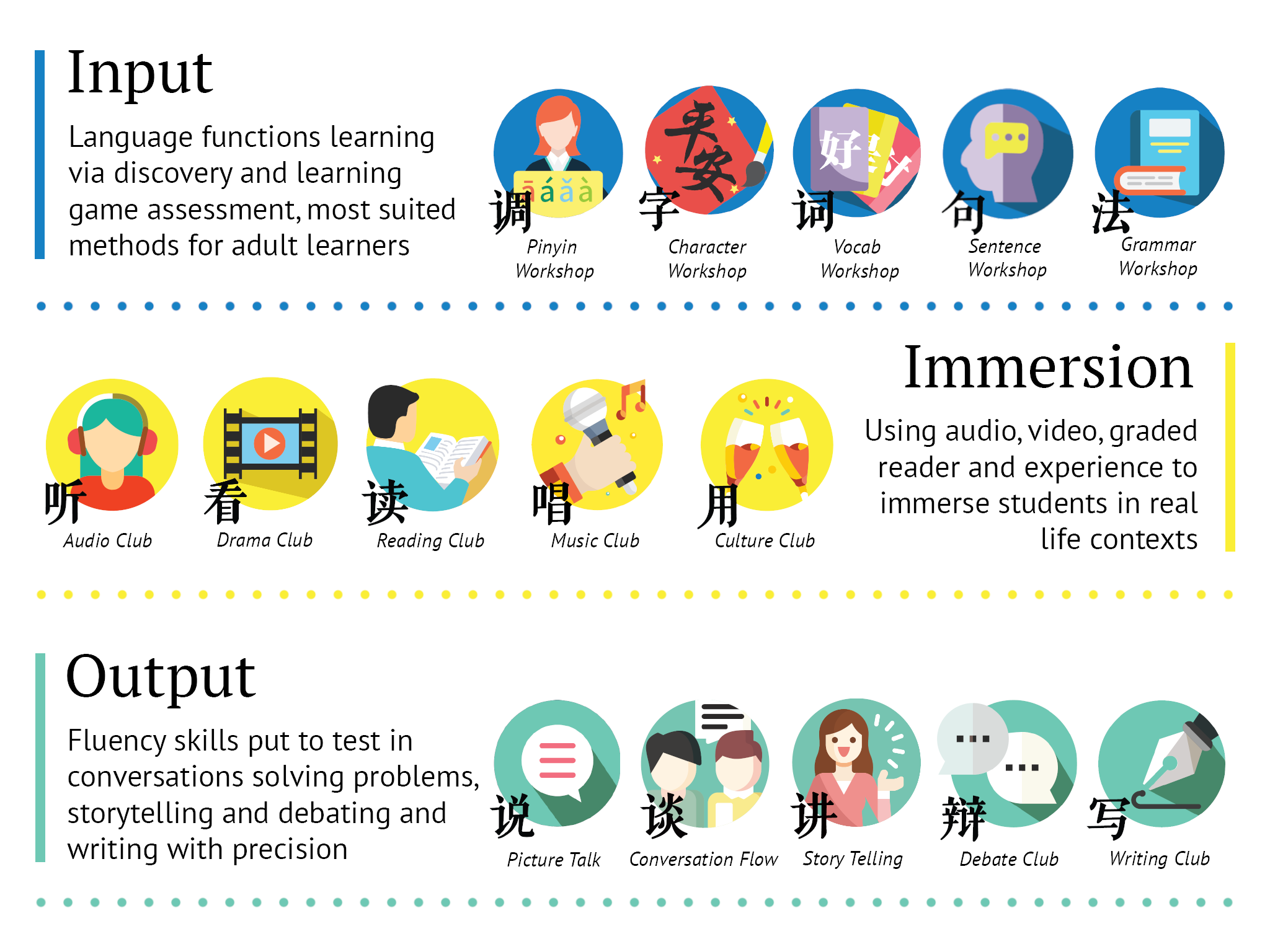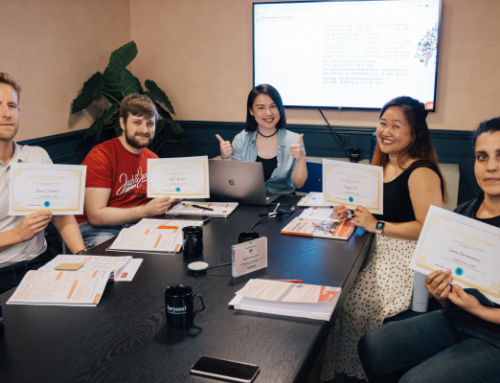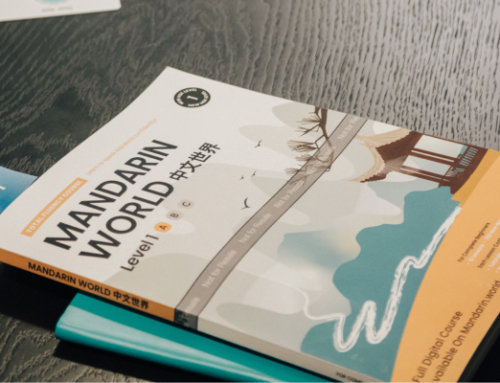There are a few ways people start learning Chinese: one is search in Google for classes around, two is search in Youtube for free video lessons, three is go to a book store and buy a book. Actually we are not forgetting that a lot of people also start with the go-to free App Duolingo, even though we rarely hear any students have learnt to speak the language fluently with sustained efforts. No matter which way you start with, to sustain this learning process you will need the formula of Tutorial + Practice + Immersion.
Tutorial often comes from a teacher or a book, which gives you the guidance you absolutely need as a beginner to a new language. With a book, it’s easy and clear to see the path and learning method set out for you. With a teacher, you will get a lot more personal connection and personalised problem solving help. Both of them should offer you enough support to scale fold your knowledge of how the language works.
Fluency is the common goal of the majority of students. You might find it’s rare to hear someone say they learn a foreign language to read it, instead of speak it. As teachers, we also have hear students coming to us often with the question and issue “Why can’t I speak Chinese? I’ve been studying for years but I still can’t speak!” Fluent speaking only happens when the language enters our “comfort zone.” This comfort only comes from experience with the language. The more times you meet a word, phrase, or grammar point, the more likely it will enter your comfort zone. That’s why practise, enough practise is just as important as learning! We would argue that you should actually spend more time practising than learning. That’s why creating a well-paced learning environment is important for our students.
Immersion is another tool that will do wonders to your language learning. In the world of language research, the experts agree that learners can acquire new vocabulary and expressions with good understanding through reading and listening to native speakers. That’s why there are many resources in the market offering Graded Readers and Video Immersion for learners. We also agree that our students can relate much more to real life stories than a traditional textbook. To compare, stories delivered by a native speaker is much easier to understand than a dialogue written in the HSK books, albeit new words in the stories, students can understand by relation to the context.
[/fusion_text][/fusion_builder_column][/fusion_builder_row][/fusion_builder_container]





